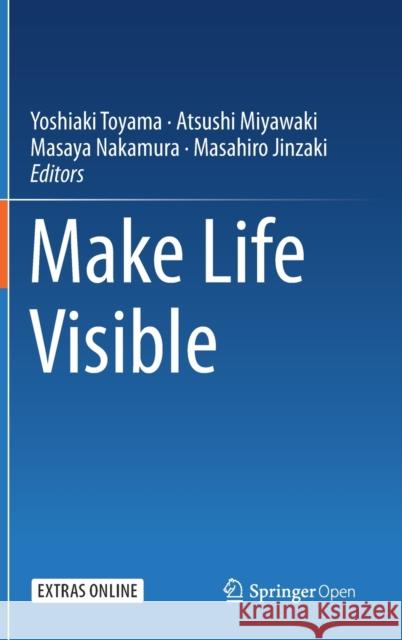Make Life Visible » książka
topmenu
Make Life Visible
ISBN-13: 9789811379079 / Angielski / Twarda / 2019 / 301 str.
Make Life Visible
ISBN-13: 9789811379079 / Angielski / Twarda / 2019 / 301 str.
cena 201,24
(netto: 191,66 VAT: 5%)
Najniższa cena z 30 dni: 192,74
(netto: 191,66 VAT: 5%)
Najniższa cena z 30 dni: 192,74
Termin realizacji zamówienia:
ok. 22 dni roboczych.
ok. 22 dni roboczych.
Darmowa dostawa!
Kategorie BISAC:
Wydawca:
Springer
Język:
Angielski
ISBN-13:
9789811379079
Rok wydania:
2019
Wydanie:
2019
Ilość stron:
301
Oprawa:
Twarda
Wolumenów:
01
Dodatkowe informacje:
Wydanie ilustrowane











